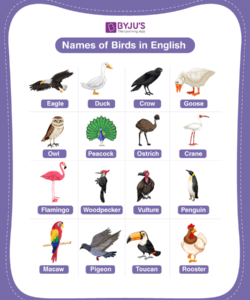In the vast realm of ornithology, long-legged water birds captivate bird enthusiasts with their graceful strides and remarkable adaptations. These avian wonders, often found wading through shallow waters or perched on stilt-like legs, exhibit a captivating array of sizes, shapes, and colors.
Feathery Wonders with Stilt-Like Legs
Storks, with their long, slender legs, are renowned for their gliding flight and elaborate nesting habits. Herons, known for their distinctive dagger-like beaks, patiently stalk their prey in marshy environments. Cranes, towering over their wetland habitats, enchant observers with their elegant dances and harmonious calls.
Ibises, with their curved beaks and iridescent plumage, add a splash of color to water bodies. Egrets, adorned with delicate plumes, gracefully hunt for fish in shallow waters. Flamingos, with their vibrant pink coloration, stand tall on their long, thin legs, filtering food from the water’s surface.
Shorebirds by the Sea
Long-legged water birds also extend their presence beyond wetlands. Sandpipers, with their rapid-fire foraging behavior, scamper along sandy shores in search of invertebrates. Plovers, with their distinctive black-and-white plumage, expertly detect and capture hidden prey.
Avocets, known for their upwardly curved beaks, feed on small crustaceans in shallow water. Oystercatchers, with their powerful bills, adeptly pry open shellfish. Stilts, with their incredibly long legs, strut through shallows, searching for aquatic insects.
Conclusion
Long-legged water birds are an awe-inspiring sight, captivating nature lovers with their remarkable adaptations and diverse behaviors. Their graceful strides, distinctive features, and stunning plumage add beauty and diversity to the world’s waterways and shorelines. Whether you encounter them in towering marshes or along the sandy shores, these avian wonders leave an unforgettable impression on all who witness their majestic presence.
Exploring the world of long-legged water birds offers endless opportunities for discovery and wonder. From the soaring storks to the industrious sandpipers, these feathered friends enrich our understanding of the natural world.
FAQs
What are some of the most common long-legged water birds?
Storks, herons, cranes, ibises, egrets, flamingos, sandpipers, plovers, avocets, oystercatchers, and stilts are among the most well-known long-legged water birds.
How do long-legged water birds adapt to their habitats?
Long-legged water birds have evolved specialized adaptations, such as long, slender legs for wading through shallow waters, sharp beaks for capturing prey, and waterproof feathers for protection against the elements.
Why are long-legged water birds important?
Long-legged water birds play vital roles in their ecosystems, controlling insect populations, providing food for other animals, and maintaining the delicate balance of wetlands and coastal environments.
How can I identify different long-legged water birds?
To identify different long-legged water birds, observe their size, leg length, beak shape, and plumage colors and patterns. Field guides, birdwatching apps, and experienced bird enthusiasts can also assist in identification.
Where can I see long-legged water birds?
Long-legged water birds can be found in a wide range of habitats, including wetlands, lakes, rivers, estuaries, and coastal areas. Visiting nature reserves, wildlife sanctuaries, and birdwatching hotspots increases the chances of encountering these remarkable creatures.



